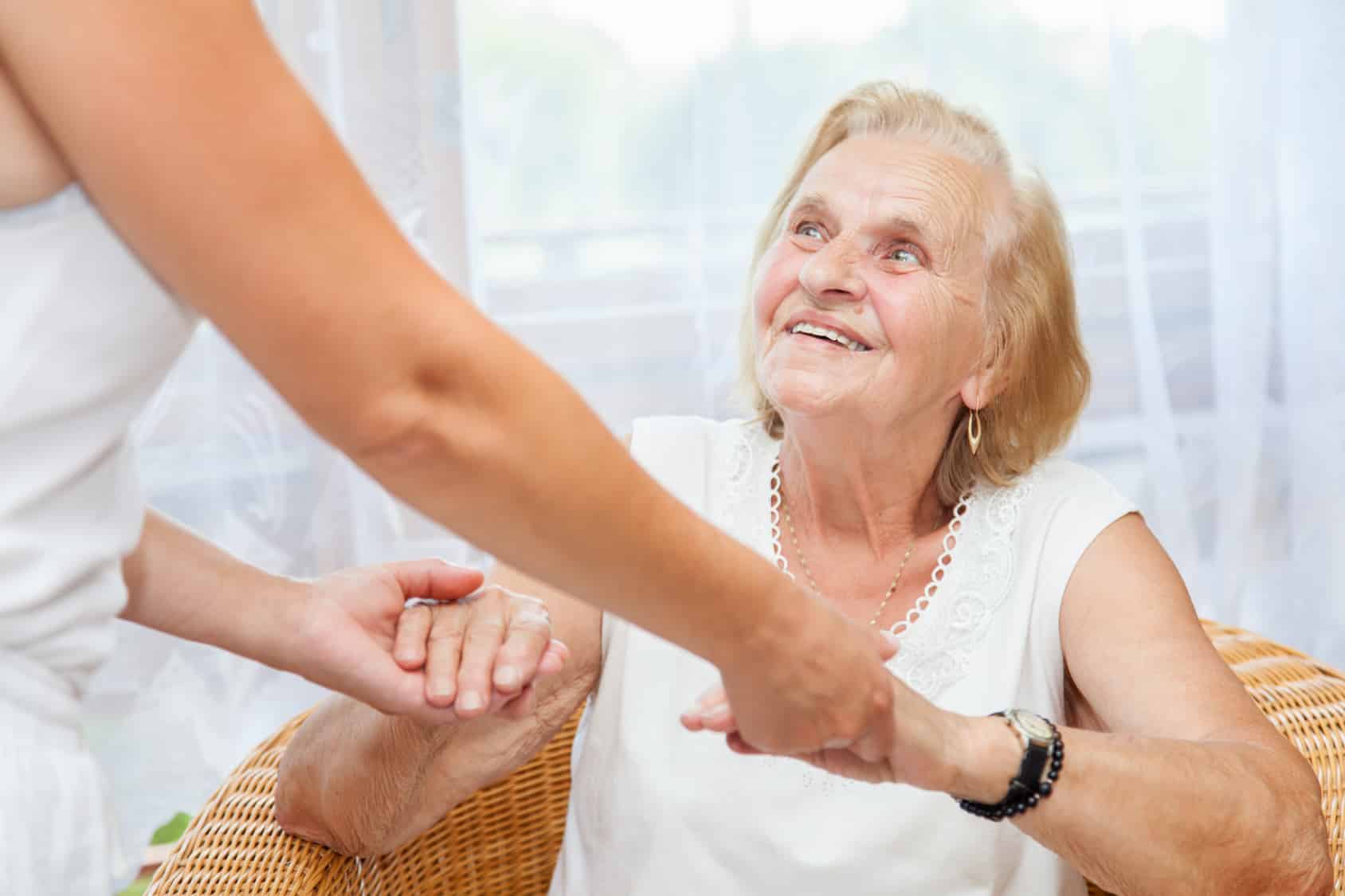For seniors who live at home, safety is a big concern. Especially for those who live alone, it’s important to be aware of potential safety issues so that the comforts of home can continue to be enjoyed for as long as possible.
Whether you’re a senior yourself or a friend or family member who’s caring for a senior, there are lots of relatively simple things you can do to help diminish safety hazards.
Minimize Fall Risks
One of the biggest safety issues seniors living at home face is falls. According to the National Institutes of Health, six out of every 10 falls occur at home. Part of this is due to the simple fact of familiarity - we generally don’t give much thought to how we move around our houses because we’re so comfortable in them.
An important first step to take to minimize fall risks is to scan your floors for any wires, cables, loose items, or other things that could cause you to trip. Secure wires and cables along walls, and move baskets and other items underneath tables or close to the walls, so they’re out of the way. Even scatter rugs can become fall risks, so ensure that those you have won’t slip and slide by using non-slip rug pads.
Another area to look at when addressing fall risks is lighting. If there are stairs in the home, for example, do you have light switches at both the top and bottom of the staircase? Are your garage, basement, and/or outdoor areas sufficiently lit? For nighttime, you can place nightlights along hallways, as well as in the bathroom, kitchen, and your bedroom. You may even want to consider leaving a bathroom light on.
Make Modifications as Needed
Many seniors may initially resist the idea that they are in need of home modifications for aging - grab rails, shower seats, etc. However, these modifications can greatly increase the safety of a home, which in turn means the senior may be able to live at home for a longer time.
This is especially true in the bathroom, which is one of the most dangerous rooms in the house for seniors according to Home Instead, Inc. Slippery floors and hard porcelain surfaces can make a bathroom fall especially serious. To be safe, grab rails should be installed near the toilet, bathtub, and shower.
You should also make sure that medications and other necessities are stored at an appropriate height, neither too high nor too low. There should be adequate racks and hooks so that towels and clothes can be hung. This way, they won’t end up on the floor as potential trip or fall hazards.
Another room that may be ripe for some safety modifications is the bedroom. Take the bed, for example - is it too high or too low? Are closet shelves within the senior’s easy reach, without needing to take out a stepstool? If the senior needs to get up in the middle or the night, can he or she turn on a lamp or light before getting out of bed?
Many of these modifications can be easily managed by a family member or friend, and won’t cost much to install.
Home Monitoring and Emergency Contacts
While not everyone needs a home monitoring service, seniors who don’t have family or friends close by may feel more secure if they have one - and it’s almost certain that their families will, too.
There are lots of different monitoring services out there, from the simple medical alert system (of the “I’ve fallen and I can’t get up!” variety) to more sophisticated ones that come with home sensors that can track a senior’s daily routine.
Whether or not you employ a home monitoring system, it’s vital that a senior be able to get in touch with his or her emergency contacts easily. That means having a cell phone that the senior knows how to use and can keep nearby, as well as having a list of numbers in whichever rooms the senior spends a lot of time in. This can help any other caregivers, friends, or medical professionals who may end up needing to contact someone on behalf of the senior.
It’s a good idea, too, to have a landline set up in case the senior’s cell phone dies.
For the vast majority of seniors, living at home is highly preferable to moving into assisted living. With a few modifications and attention to detail, most seniors can extend their years living at home - and give themselves and their loved ones peace of mind.
For more tips on how seniors can stay at home longer, read our blog post “How to Help Your Aging Loved One Stay at Home.”

